written by David Steffen
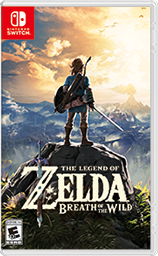
I thought it was fun to discover the circumstances of the world and Link’s situation in-game with no foreknowledge, so I don’t want to talk too much about the plot so you can discover it for yourself. Unsurprisingly it does fit into the series’ long-term trend of using incarnations of the same three characters and building new stories around them.
As you can tell from even that brief introduction, this game does verge more into the science fictional than past entries in the series. Ancient Sheikah devices might be powered by magic but they are more like what we would call technology, and have a fun anachronistic design that mixes the feel of old temple relics with advanced tech.
You discover the main plot of the game as you finish the first several objectives, to save a world that’s already been devastated from a continuing threat. There are a handful of major objectives you need to do to be able to do that, which are marked on your map early on. If you wanted to just power through the game you could aim specifically for those right away, but there’s also a wide world out there for you to explore, varied landscapes from frozen tundra to burning hot volcano. Exploring will help you find equipment and other enhancements that will make it easier to survive your various challenges, by increasing your hearts, or finding better weapons, or better protective clothing that has special effects such as being fireproof for exploring volcanic regions.
One of the main frustrations I had early on was that the weapons are very impermanent. I’m used to Link finding a sword and then using it forever. But the weapons you find in this game are not very durable–odds are if you get in a fight with a few enemies you’ll probably break at least one weapon in the middle of the fight. Early on I always thought I was going to run out of weapons in the middle of a fight, but I managed to get just enough from scavenging fallen enemies to keep going.
Much of the challenge of the game happens early on between fragile weapons and extreme temperatures that Link doesn’t have the equipment to handle. One piece of goods news is that you get the ability early on to teleport to travel points that you have visited, so if you do get in trouble you can poof to somewhere safe instead of being stuck to meet your doom.
One of the major ongoing tasks with the biggest payoff is to find Sheikah shrines. Foremost because each one comes with one of these waypoints for teleporting and they are scattered all over the map. To find each one you actually have to travel on foot, but once you find them you can then teleport to that specific location at will. So you get a major payoff for each one you find, because your practical travel time to any given point on the map shrinks because every shrine is zero travel time from anywhere else you go. Finding all of the shrines is also one of the major extra things you can do–you don’t have to find more than a few to finish the game, but the game would be a lot harder and take a lot longer if you didn’t have them.
Many of the interesting sidequests involve collecting resources, herbs or stones or small animals, for the use in crafting equipment or elixirs. This encourages you to explore different regions more thoroughly where you may find these, and you can just keep an eye out for them while you’re looking for more major quest things too.
The exploration and sidequests are the best part of the game. If I had any complaints at all it would be that the main quest is kind of disappointing in comparison. I finished it and I was like “oh, that’s it?” but then I happily went back to find more sidequests.
I haven’t found everything there is in the game yet and I plan to go back and play more. I also plan to pick up the downloadable content with some extra quests and equipment.
Visuals
Lovely, especially large scale scenery shots which this game does extroardinarily well, giving a sense of huge scale even though in-game you can traverse it much faster than in real life. It’s a lot of fun to explore Hyrule on a larger scale than ever.
Audio
Great music in a series known for it.
Challenge
Highly variable depending on exactly what you’re trying to do and how quickly you want to make it through the main quest. I found the first part of the game the most challenging because I had only a few hearts to work with and subpar weapons and armor didn’t have the materials or know-how to properly make food or potions to compensate for my handicaps and was still figuring out how to survive cold temperatures and that sort of thing. The rest of the gameplay was challenging enough to be fun, but that very early part was where it was the hardest, probably because I hadn’t caught up to the learning curve yet.
Story
Plenty of story, much of it told in the form of legends about yourself. As with most/all of Zelda games it works on a repeating cycle of incarnations of Zelda and Link and Ganon facing off against each other, always interesting to see how the timeline works, particularly since Ocarina of Time branched it.
Session Time
The nicest thing about the Nintendo Switch is that all games have a short session time, because you can put the console to sleep or wake it at any point, even during cut scenes. So blissfully short because of excellent console design.
Playability
Reasonably simple controls, much of them similar to the control scheme that’s been used since Ocarina of Time, with the Z button used to focus on enemies so you can pivot around them easily. There are probably less things to keep track of because Link doesn’t have the big inventory of usable tools he unlocks as in other games, though there are plenty of functionality between various weaponry and especially in being able to climb almost anything and to paraglide. There are multiple ways to reach many goals, which makes it fun to find one that fits your playing style.
Replayability
Plenty of replayability, whether you just want to explore, or if you’re a completionist who wants to find all of the shrines. Many of them you’ll just stumble across, but to find every single one is quite a challenge (which I haven’t managed yet, I’ve still got about 15 of 120 to go). There are also some unique armor sets that you need to complete specific missions to find to get their special powers.
There is also downloadable content to expand the game with extra quests, extra items, for another $20. I have enjoyed the main game so much I am definitely going to download that at some point.
Originality
Of course it’s part of a long and beloved series of games, so in a lot of ways it’s familiar, but this does mark a very new direction for a Zelda game in the wide-open gameplay. It keeps a lot of the same feel with the different fantastical races and familiar regions, but with much more emphasis on wide open exploration. The addition of the ability to climb almost anything and to paraglide make exploring particularly fun because those open up new ways of thinking about moving around a huge map.
Playtime
I finished the main quest of the game in over 100 hours (mostly in 15 minute increments). If I had been determined to finish the main quest as fast as possible, I could certainly have done so in less time, probably half of that at most, and if someone has an idea where they’re going could probably finish it in significantly less than even that. But the biggest strength of the game is wide world exploration, so if you’re rushing to finish it I think you’ll be disappointed.
Overall
Excellent new addition to a new longstanding popular game series that has already set a high bar. This game is very familiar to fans of the series, but also very new in that it’s much more like an “Elder Scrolls, but in Hyrule” game (albeit without the complicated character leveling system etc). If you’re looking for a game that will take a lot of time to fully explore for your buck, this is a great choice. Lots of action, lots of side quests and crafting stuff, and just the fun of setting out across a completely unknown landscape to find whatever you can find.
Highly recommended, my favorite game in years. $60 for digital download from Nintendo or physical cartridge from various retailers.
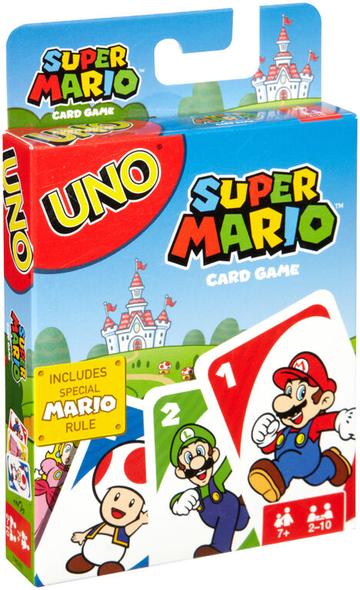

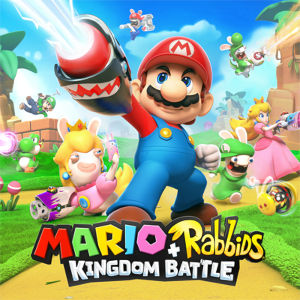


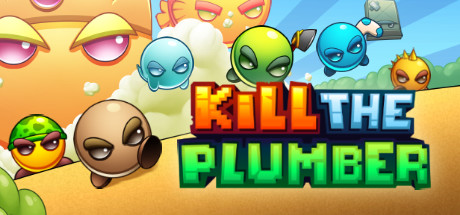
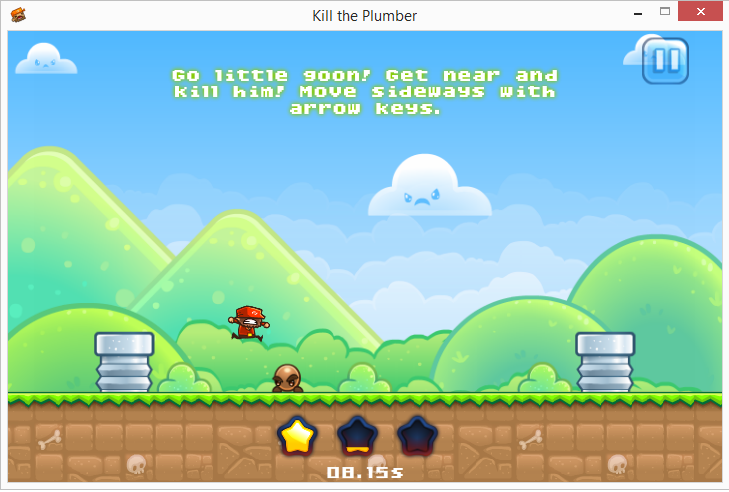 It’s fun to get to try out the other side of the gameplay, although it’s certainly not an exact reversal–though the plumber is fast and agile, he’s also very predictable–always reacting to you in exactly the same way, and so the key to most of the levels to figure out that pattern and exploit it–if he automatically jumps over you, then try to place yourself so he will jump off a cliff, and that sort of thing.
It’s fun to get to try out the other side of the gameplay, although it’s certainly not an exact reversal–though the plumber is fast and agile, he’s also very predictable–always reacting to you in exactly the same way, and so the key to most of the levels to figure out that pattern and exploit it–if he automatically jumps over you, then try to place yourself so he will jump off a cliff, and that sort of thing.